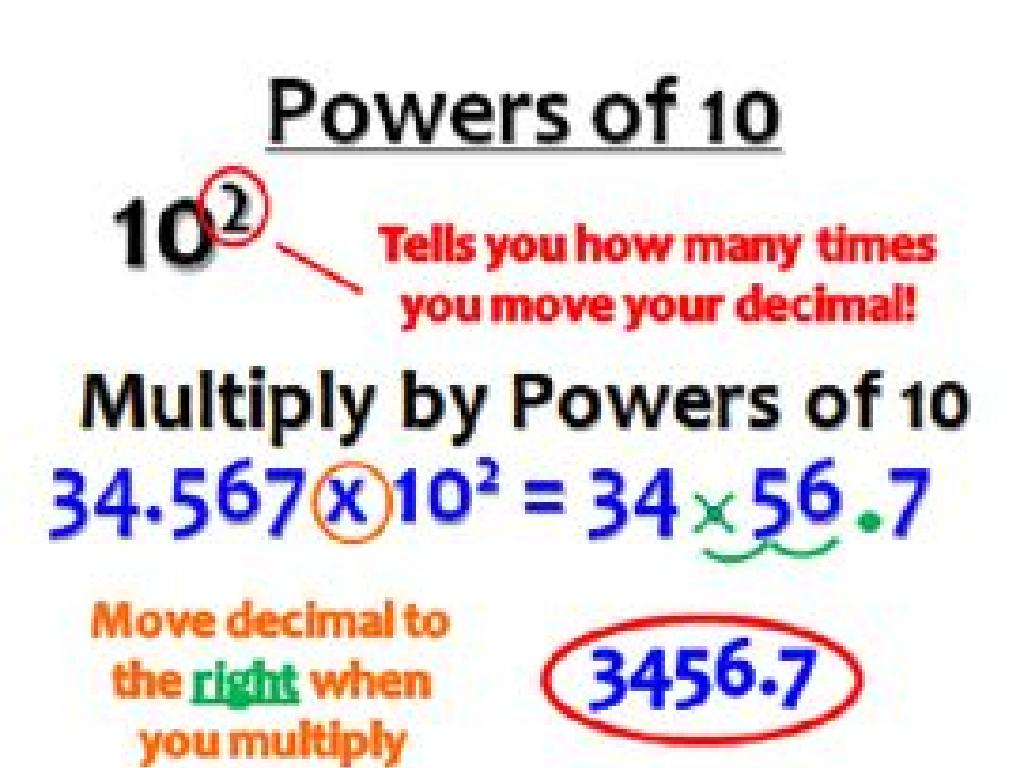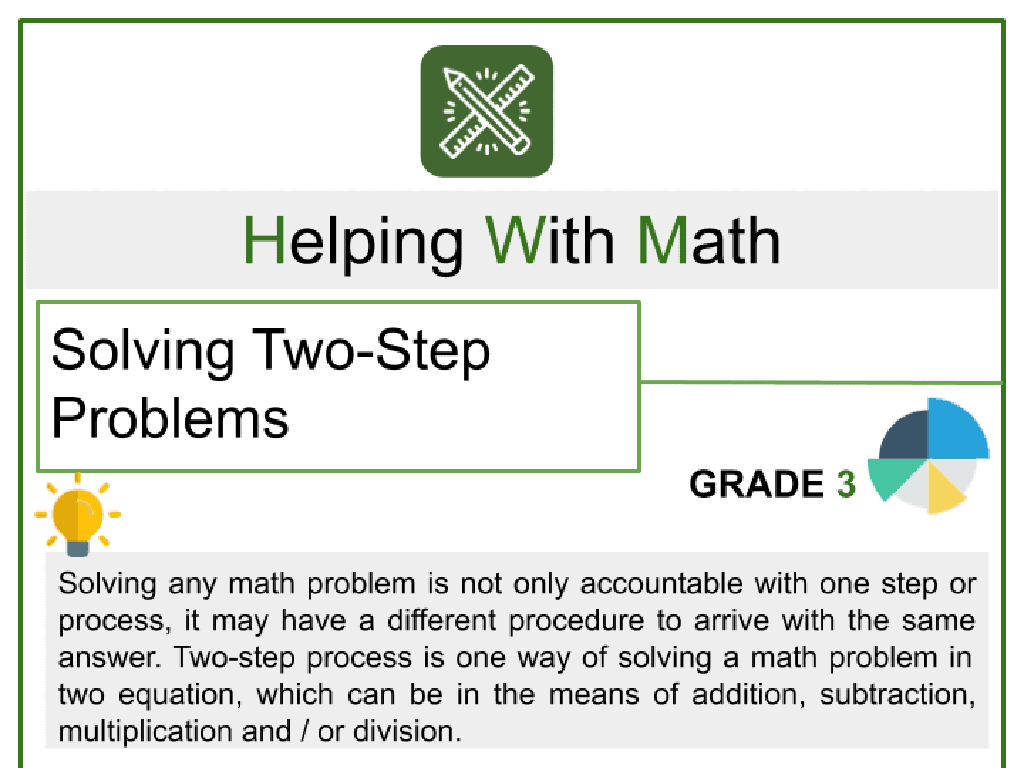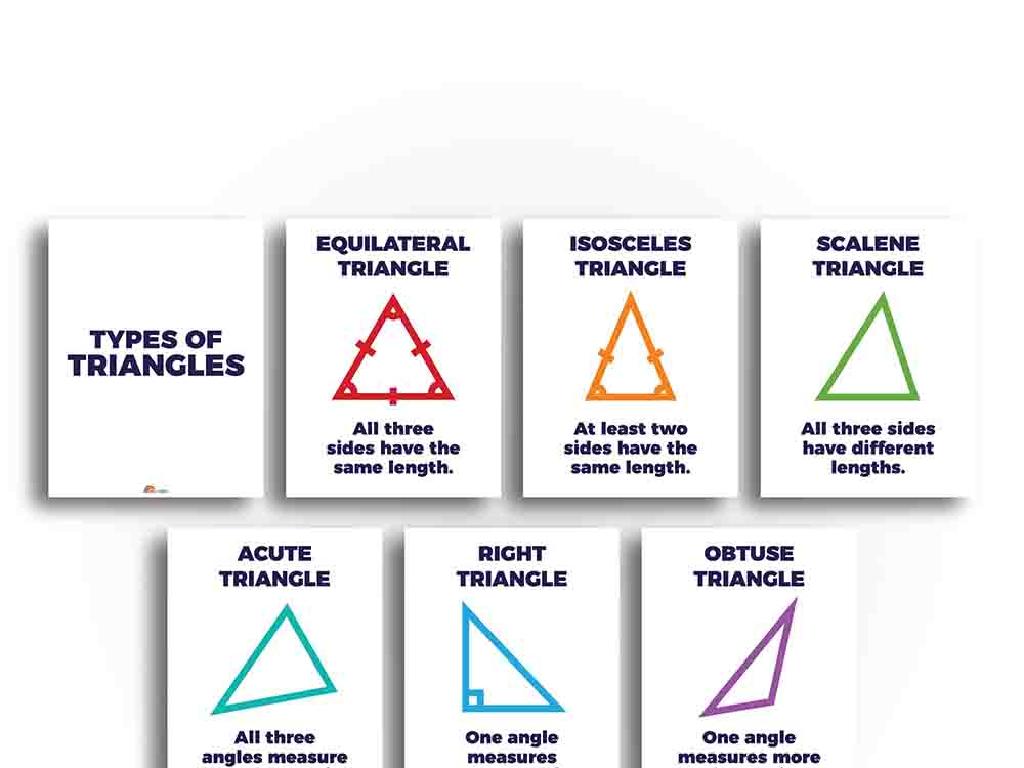Spell The Long A Word: Silent E, Ai, Ay
Subject: Language arts
Grade: Second grade
Topic: Long Vowel Patterns
Please LOG IN to download the presentation. Access is available to registered users only.
View More Content
Exploring Long ‘a’ Sounds
– Learn about the long ‘a’ sound
– Spell long ‘a’ with silent e, ai, ay
– Examples: ‘make’ (silent e), ‘rain’ (ai), ‘play’ (ay)
– Why long vowel patterns matter
– Knowing patterns helps us decode new words
– Practice makes perfect readers & writers
|
This slide introduces the concept of long vowel patterns, focusing on the long ‘a’ sound. Students will learn that the long ‘a’ sound can be spelled in different ways, including with a silent ‘e’ at the end of a word, or with the letters ‘ai’ or ‘ay’ in the middle or end of words. Understanding these patterns is crucial for developing reading and writing skills, as it allows students to decode and spell new words more easily. Encourage students to listen for the long ‘a’ sound in words and to practice spelling with silent ‘e’, ‘ai’, and ‘ay’. Provide them with examples and engage them in activities where they can practice writing and identifying these patterns in words.
Exploring the Long ‘a’ Sound
– What is the long ‘a’ sound?
– It’s when the letter ‘a’ says its name, like in ‘ape’.
– Examples of the long ‘a’
– Like ‘a’ in ‘apron’, ‘ace’, and ‘cake’.
– Practice saying the long ‘a’
– We’ll say it together: Aaaa!
– Recognizing the long ‘a’ pattern
– Look for ‘a_e’, ‘ai’, and ‘ay’ in words.
|
This slide introduces the concept of the long ‘a’ sound to second graders. Start by explaining that the long ‘a’ sound occurs when the letter ‘a’ says its name, which is a different sound from the short ‘a’ as in ‘apple’. Provide clear examples such as ‘apron’ and ‘ace’ to illustrate the sound. Engage the class by saying the long ‘a’ sound together, making sure they understand the pronunciation. Highlight the common spelling patterns that result in the long ‘a’ sound, such as silent ‘e’ (a_e), ‘ai’, and ‘ay’. This will help students recognize and spell words with the long ‘a’ sound. Encourage students to listen for this sound in their reading and look for these patterns in their writing.
Silent ‘e’ Magic: Long ‘a’ Sound
– Silent ‘e’ gives ‘a’ its voice
– When ‘e’ is at the end, ‘a’ says its name.
– ‘cap’ turns into ‘cape’
– Adding ‘e’ changes the sound and meaning.
– Find words with silent ‘e’
– Like ‘mat’ to ‘mate’. What others can you find?
– Practice spelling changes
– Try changing ‘tap’ to ‘tape’. See the pattern?
|
This slide introduces the concept of the silent ‘e’ and its role in changing the pronunciation of the word to make the long ‘a’ sound. Start by explaining how the presence of an ‘e’ at the end of words like ‘cap’ can change its pronunciation to ‘cape’. Encourage students to think of other examples where adding a silent ‘e’ changes the vowel sound from short to long. Provide guidance on how to spot this pattern and use it to spell new words correctly. During the lesson, engage the students in a spelling activity where they convert short ‘a’ words to long ‘a’ words by adding a silent ‘e’. This will help reinforce the concept and ensure they understand how to apply it in their writing.
The ‘ai’ Team: Mastering Long ‘a’ Sounds
– ‘a’ and ‘i’ make the long ‘a’ sound
– Like teammates, ‘a’ and ‘i’ work together in words
– ‘ai’ is often in the middle of words
– Words like ‘paint’, ‘sail’, and ‘mail’ have ‘ai’ in the middle
– Examples: ‘rain’, ‘train’
– ‘Snail’, ‘brain’, and ‘chain’ also share the ‘ai’ pattern
– Let’s list more ‘ai’ words together
|
This slide introduces the concept of vowel teams, specifically focusing on the ‘ai’ combination that results in the long ‘a’ sound. Emphasize to students that just like teammates in a sport, the letters ‘a’ and ‘i’ work together to create a new sound. Provide examples where ‘ai’ appears in the middle of words and encourage students to think of additional words with the ‘ai’ pattern. This activity helps students recognize patterns in spelling, which is crucial for their reading and writing development. During the next class, create a fun activity where students can come up with their own list of ‘ai’ words and use them in sentences.
The ‘ay’ Way: Spelling the Long ‘a’
– ‘ay’ spells long ‘a’ sound
– Often found at word’s end
– Examples: ‘play’, ‘stay’
– ‘day’, ‘may’, ‘ray’ also follow the ‘ay’ pattern
– Think of ‘ay’ ending words
– Can you list more words like ‘spray’, ‘tray’?
|
This slide introduces the ‘ay’ spelling pattern for the long ‘a’ sound, typically found at the end of words. Start by explaining the concept of vowel patterns and how they can change the sound a letter makes. Use examples like ‘play’ and ‘stay’ to illustrate the pattern. Encourage students to come up with their own examples of words that end in ‘ay’. This activity helps students recognize patterns in spelling, which is crucial for their reading and writing development. Make sure to praise their efforts and correct any misconceptions. For the next class, plan an activity where students can use these ‘ay’ words in sentences or a short story.
Practice Time: Spelling Long ‘a’ Words
– Listen to the word I say
– Write the word with the right pattern
– Think about silent ‘e’, ‘ai’, ‘ay’
– Examples: ‘make’ (silent ‘e’), ‘rain’ (‘ai’), ‘play’ (‘ay’)
– Check if your spelling looks right
– Does the word sound like the long ‘a’ sound?
|
This activity is designed to help students practice and reinforce their understanding of the long ‘a’ vowel patterns. As you say each word, encourage students to listen carefully and decide which pattern to use. Remind them that the silent ‘e’ often comes at the end of words, ‘ai’ is usually in the middle, and ‘ay’ is often at the end. After they write down the word, ask them to look at it and say it out loud to see if it ‘looks right’ and matches the long ‘a’ sound. Provide immediate feedback and support as needed. Possible words for practice: ‘cake’, ‘train’, ‘stay’. Rotate through different words and patterns to ensure students get a variety of examples.
Class Activity: Mastering Long ‘A’ Sounds
– Group sorting activity
– Words with silent ‘e’, ‘ai’, ‘ay’
– Examples: ‘cake’ (silent ‘e’), ‘rain’ (‘ai’), ‘play’ (‘ay’)
– Present and explain your sorting
– Share why you placed each word in its category
– Learn from each group’s findings
– Listen to others to understand different patterns
|
This interactive group activity is designed to help students recognize and differentiate between the long ‘A’ vowel patterns: silent ‘e’, ‘ai’, and ‘ay’. Each group will receive a set of word cards and a board for sorting. Students will collaborate to categorize the words based on their vowel patterns. After sorting, groups will take turns presenting their boards to the class, explaining the rationale behind their choices. This will reinforce their understanding and provide an opportunity to learn from each other. As a teacher, facilitate the activity by providing guidance and ensuring each group understands the task. Encourage students to think about the sounds and spelling patterns as they sort the words. Possible variations for different groups could include sorting words from a story read in class, creating sentences with the sorted words, or even a timed challenge to see which group can sort their words the fastest with accurate explanations.
Wrapping Up: Long ‘a’ Patterns
– Excellent work on long ‘a’ sounds!
– Homework: Find 3 words for each pattern
– Look for words with silent ‘e’, ‘ai’, ‘ay’
– Patterns: silent ‘e’, ‘ai’, ‘ay’
– Share your words next class!
– We’ll discuss everyone’s words together
|
Today’s lesson focused on the long ‘a’ vowel patterns, and the students did a great job learning these. For homework, they are tasked with finding three words that use each of the patterns: silent ‘e’, ‘ai’, and ‘ay’. This will help reinforce their understanding and give them practice in identifying these patterns in different words. In the next class, we’ll review these words together, allowing students to share what they’ve found and learn from each other’s examples. This activity will also serve as a great way to start the next lesson and review the concepts learned today.






